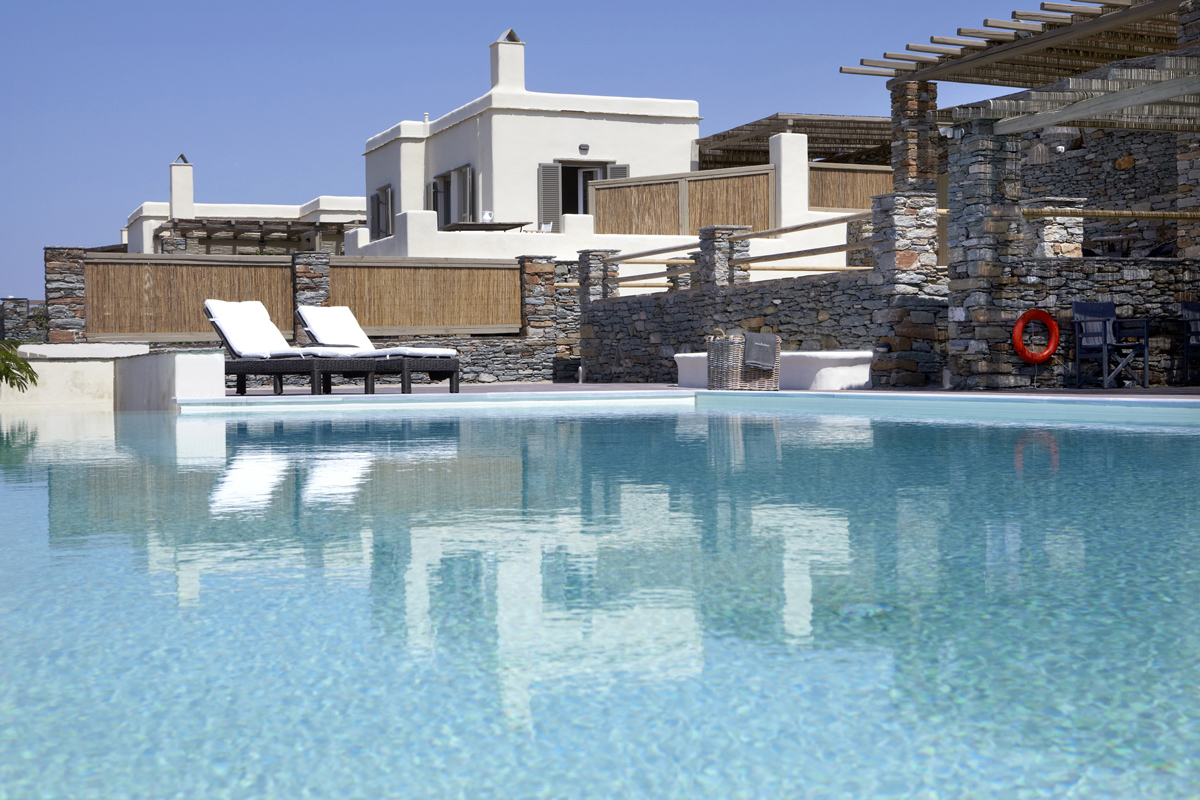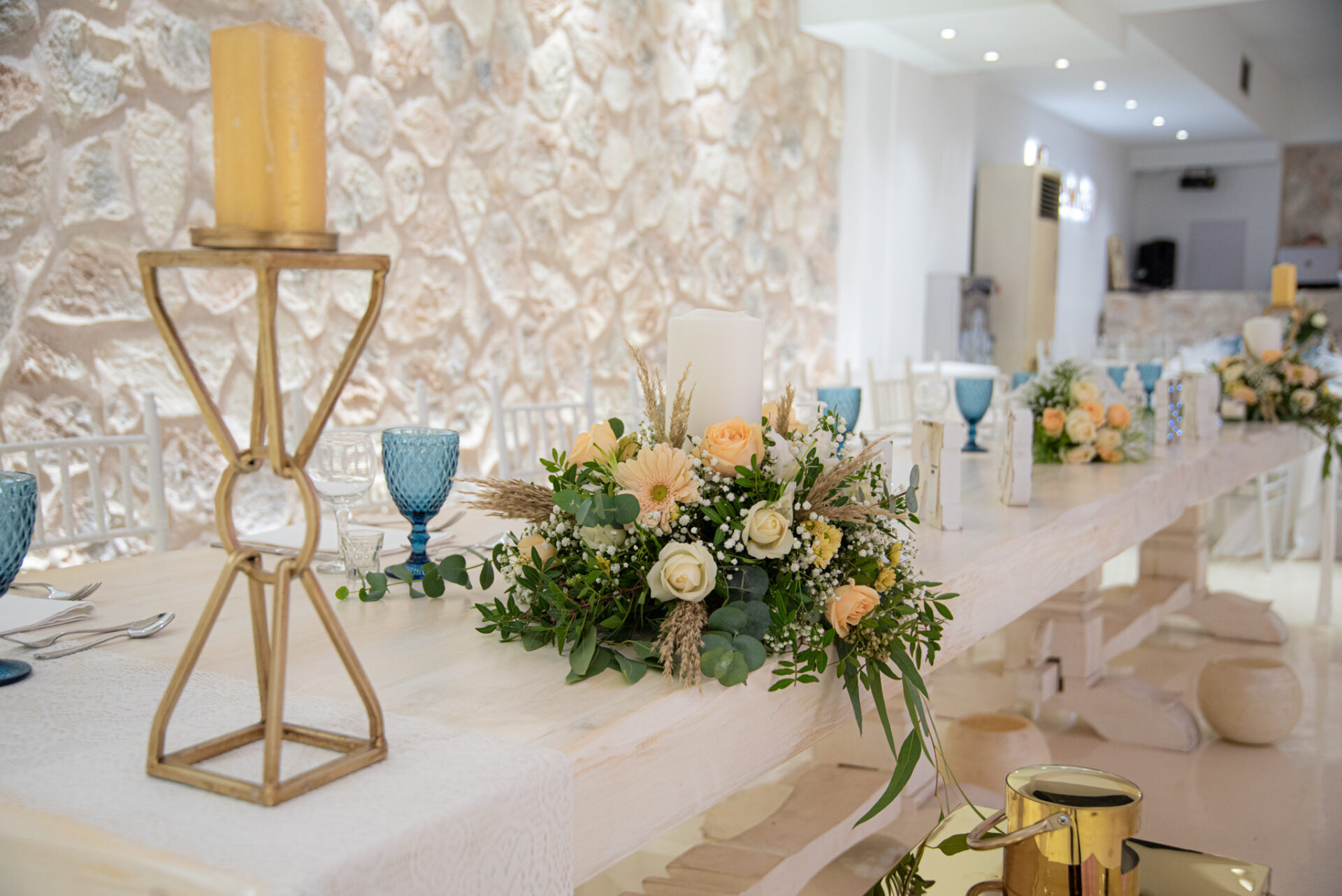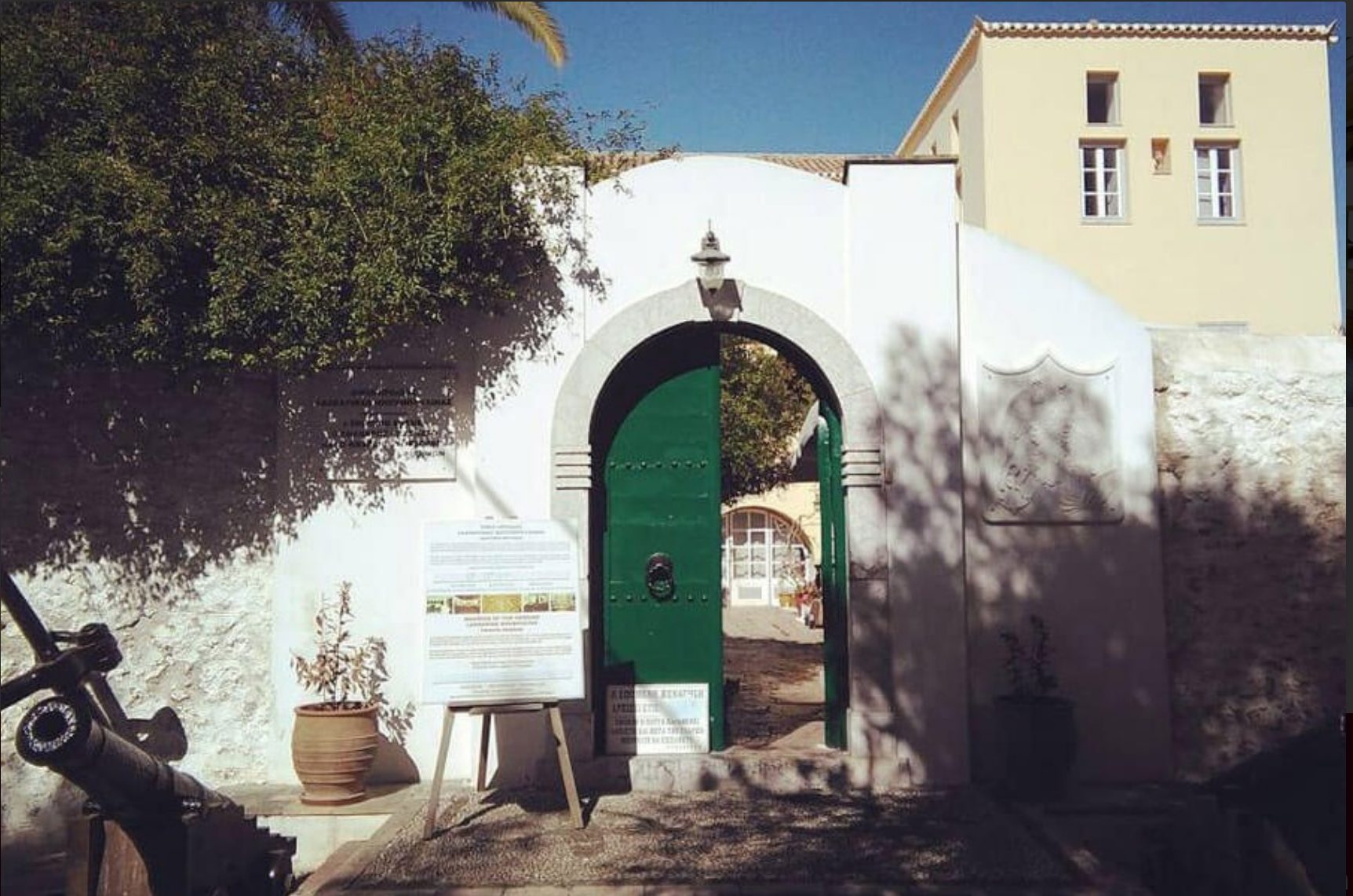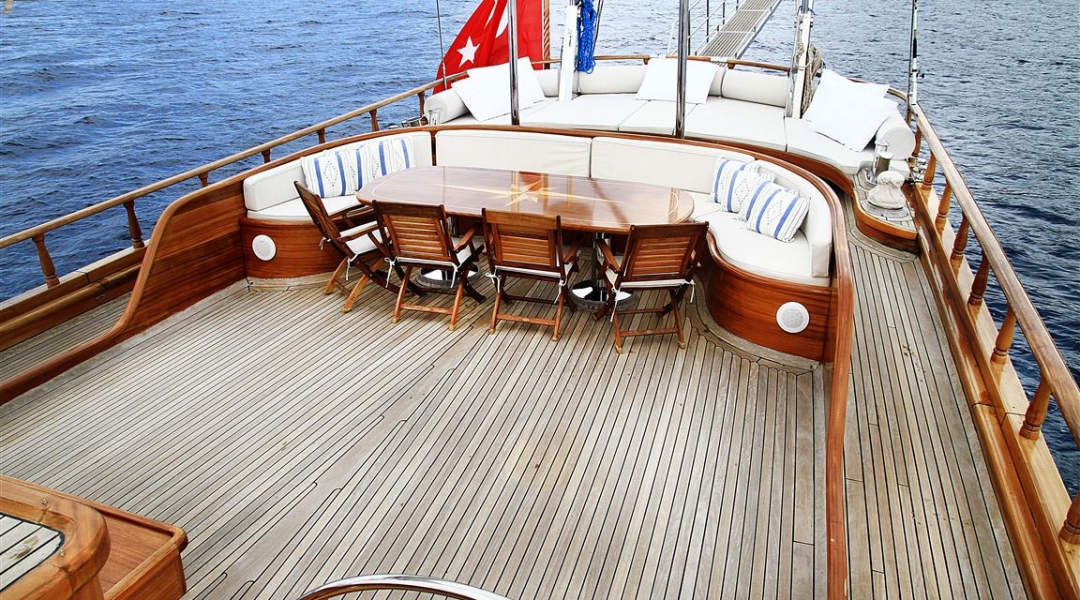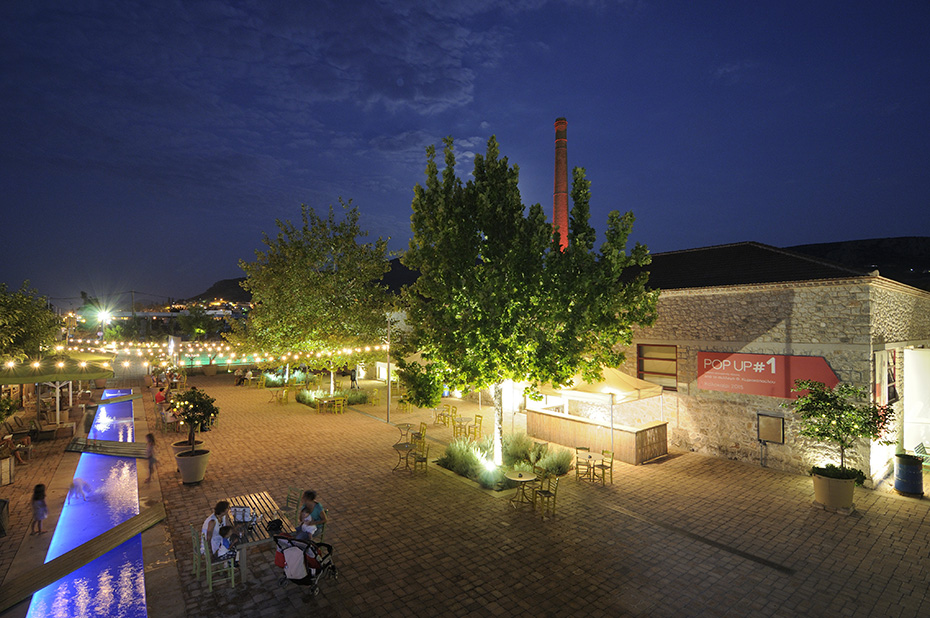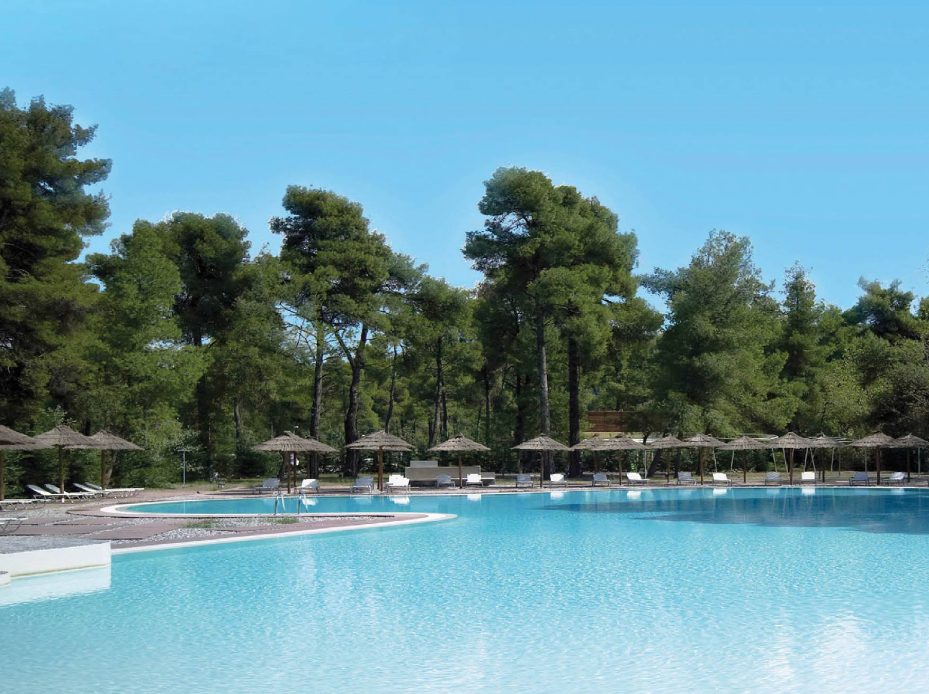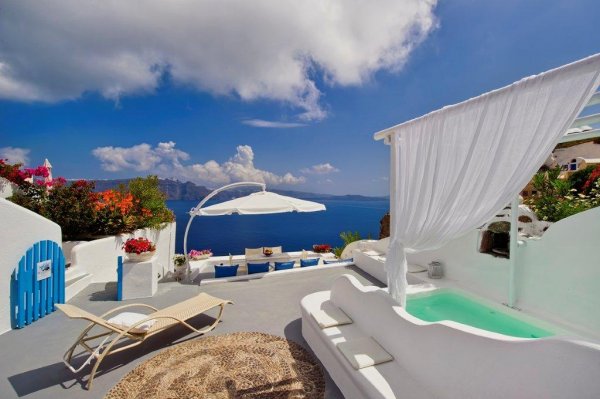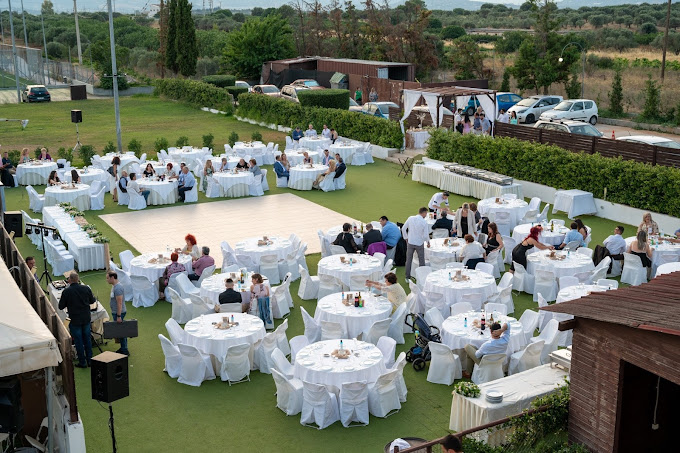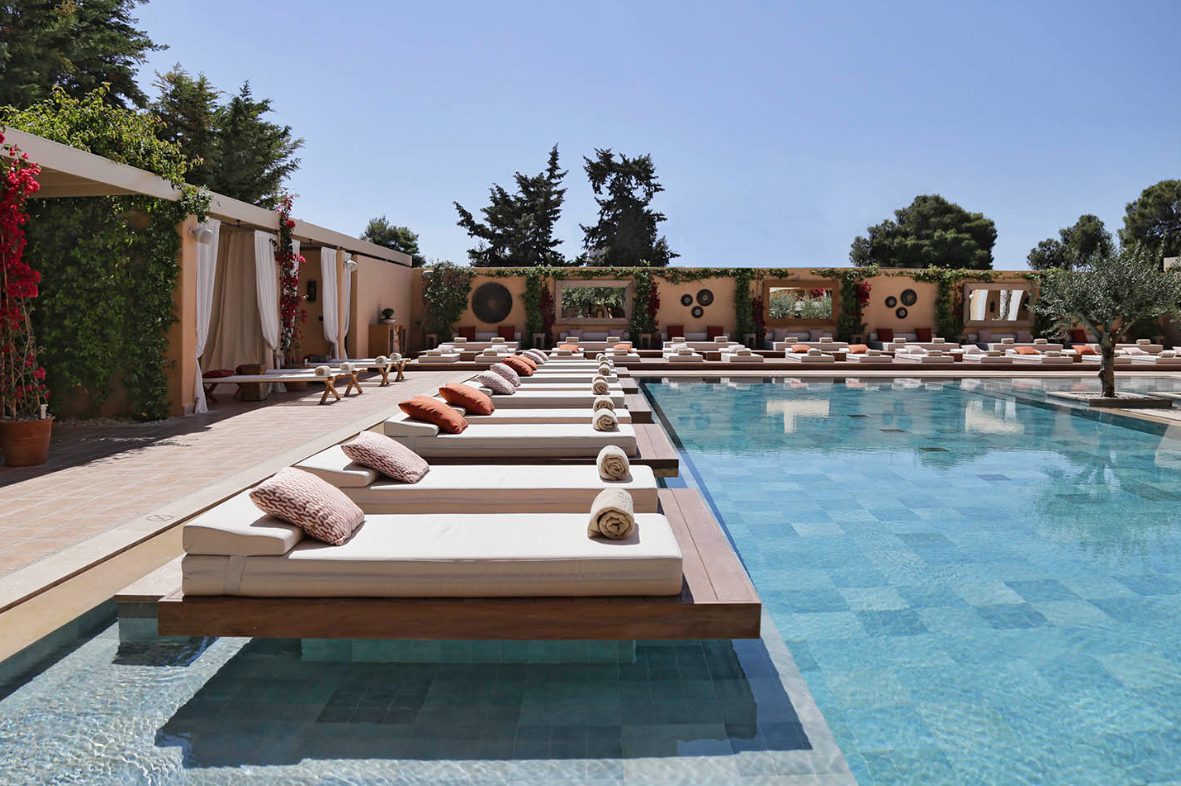<h3>Bouboulinas Mansion</h3>
<p>A Mauritanian architect designed and constructed the <strong>Bouboulinas Mansion</strong> at the end of the 17th century. The building’s floor plan forms the shape of the Greek letter Π, a characteristic closely associated with the status of its owner in Spetsiot architecture. Most Spetsiot nobles of the era chose this architectural form for their residences.The mansion consists of a ground floor and two upper levels. A prominent external stone staircase connects the front courtyard to the first floor, where the museum now operates. This floor includes four large rooms that serve as exhibition spaces, offering visitors a glimpse into the legacy of Laskarina Bouboulina and the era in which she lived.
In 1991, Mr. Philip Demertzis-Bouboulis, a fourth-generation descendant of Laskarina Boumboulina, established the Boumboulina Museum as part of his initiative to preserve the historic family mansion, which at the time faced imminent structural deterioration. It is an essential historical element and a must-visit destination if you plan to organize an event on the island of Spetses.</p>
<h4>The Mansion</h4>
<p>During the approximately 40-minute guided tour, the visitor will hear the remarkable story of the legendary captain, Laskarina Boumboulina. Her journey unfolds from her birth in the Turkish prisons of Istanbul, through her decisive role in the War of Independence in 1821, her contributions and sacrifices for the homeland, to her unexpected and tragic end.
Visitors will have the opportunity to view a rich collection that includes weapons, antique books, porcelain, documents and letters from the Revolution, paintings and ship models, portraits and prints of the heroine, personal belongings, maps, embroidery, Byzantine icons, as well as furniture and objects dating from the 17th to the 20th century. A highlight of the tour is the magnificent Florentine carved ceiling of the grand hall.
On the museum’s exterior, a dedicated space can accommodate up to <strong>180 people for dinner</strong> and <strong>300 for a Concert</strong>, available for events such as <strong>music nights, festivals, lectures</strong>, etc. During the winter months, the museum remains closed due to repairs and maintenance. However, it remains open during the weekend of Shrove Monday and then daily from the 25th of March to the 28th of October, both Greek National Celebrations.</p>

